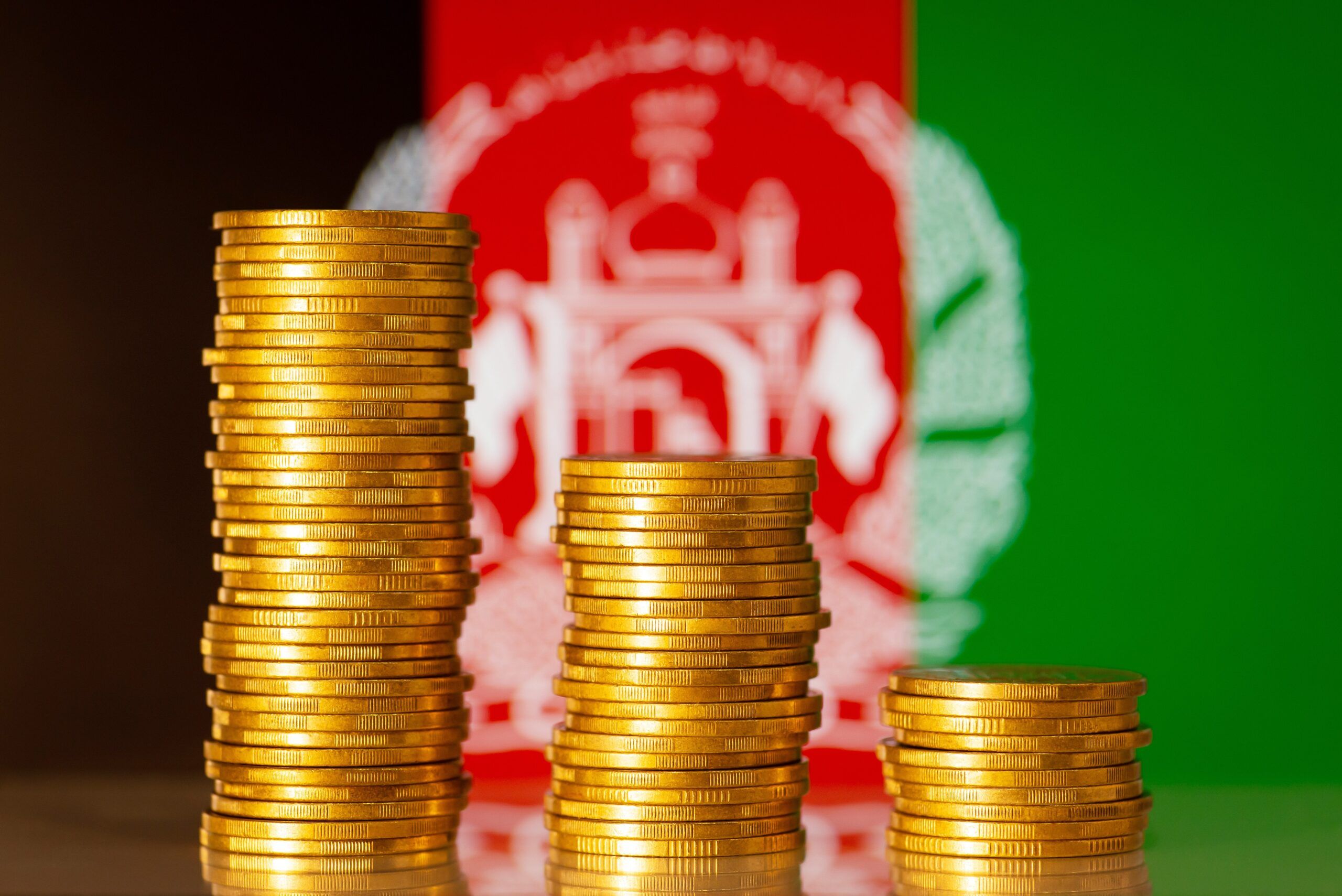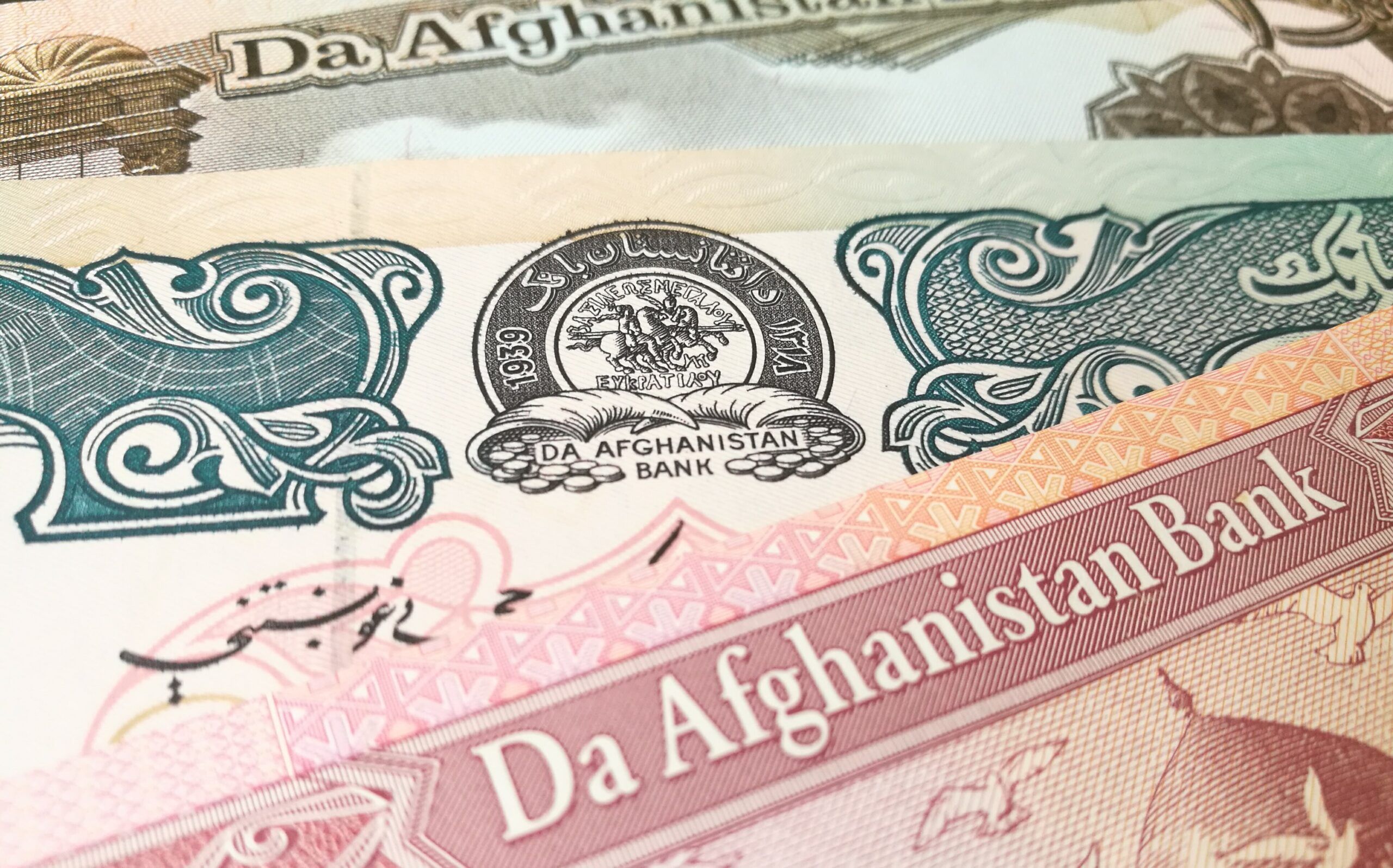
The Taliban’s one-year anniversary in Afghanistan: no relief in sight for the Afghan people
As the August 15 one-year anniversary of the Taliban takeover of Afghanistan approached, what was touted as good news for the United States turned out to be ominous for the Afghan people. On July 31, the head of al Qaeda, Ayman al-Zawahri, was killed in his Kabul residence by a US drone. In what seemed like unfortunate timing, 10 days later, over 70 eminent economists, including Nobel laureate Joseph Stiglitz, wrote an open letter to US President Joe Biden and Treasury Secretary Janet Yellen requesting that all USD seven billion of Afghan assets frozen in the US be promptly released to Afghanistan’s central bank.
Most of the discussion of the drone attack focused on the implications for US intelligence and homeland security. In that light, it was considered positive because it suggested that even in the heart of Kabul, the US can strike at terrorist targets. It also gave the Biden administration an opportunity to suggest that its “over the horizon” approach to terrorism could be effective.
Of course, that al-Zawahri was living in a “safe house” connected with the Haqqani faction suggested that the Taliban have not cut their links with the terrorist organization, despite Sirajuddin Haqqani’s saying two days before the strike that al Qaeda had “no presence in Afghanistan.”
One week later, calling the presence of al-Zawahri an “egregious violation” of the 2020 Doha Agreement between the United States and the Taliban (which requires the Taliban to prevent terrorist groups from using Afghan soil as a staging ground) and citing a lack of confidence in Da Afghanistan Bank’s (DAB, Afghanistan’s central bank) ability to safeguard and responsibly manage assets, the Biden administration announced that the USD 3.5 billion in frozen funds (half the total) that had been set aside for possible release would not be released “anytime soon,” and that broader talks on financial and humanitarian issues had been suspended. However, the Administration quickly qualified that, noting that negotiations on the release of assets would continue (perhaps out of concern for the humanitarian implications of the coming winter), although not on the possible recapitalization of DAB, at least in the “near-term.”
The current challenges
While negotiations are now back on, the stops and starts underline the political and practical difficulties the Biden administration and its allies face in trying to square the circle of providing support to the Afghan people while avoiding the Taliban administration.
The political challenges are acute. Well in advance of the extensive “one-year-on” commentary, it had become abundantly clear that Taliban 2.0 were substantively the same as 1.0, and that their behavior regarding human rights, inclusive government, and the tolerance of militant groups would make for a very difficult relationship with the international community. The leverage supposedly provided by their need for funding and diplomatic recognition has proven much more limited than was previously claimed; rather, their policies have been, and will foreseeably be, based largely on theological considerations and the need to keep the movement together. Given their reluctance to form an inclusive government, they will have to rule largely by force. While, unlike 1.0, they appear to want to prioritize the economy, this is largely in the narrow sense of using trade to generate revenue through taxation.
On a more practical level, the concerns about returning the frozen assets to DAB are well founded. While DAB is statutorily independent, it is so under a banking law written under a constitution that the Taliban reject. Advocates claim that the Taliban have not so far intervened in DAB operations, and suggest that DAB would make monetary and fiscal decisions solely on technical grounds. Skeptics, on the other hand, have pointed out that Taliban loyalists who are under sanctions have been appointed to senior roles at DAB, and that there are additional thorny US legal and diplomatic issues in releasing the frozen funds. Returning funds without sufficient safeguards has the potential for blowback in the future, should money be used for purposes other than management of the economy or, worse, misused or diverted, or, worse still, tied to repression or support for terrorist groups. Previous proposals for small tranches of funding to be provided to DAB and then closely monitored to ensure that they were used as intended do not seem to be currently on the table.
Working around the immediate challenges
In the long-term, rebuilding the capacity and independence of DAB, along with international oversight and third-party monitoring, are essential for both the functioning of the bank and creating international confidence. This would require DAB to bring back technical staff and to appoint qualified, non-political officials to senior positions in place of the current Deputy Governor and other individuals who are under US and other sanctions.
In the short term, however, absent an about-face from the Taliban, some sort of external “financial engineering” may be necessary to meet both the political and practical challenges of using the USD 3.5 billion. Such “engineering” in the form of a Switzerland-based trust fund overseen by an international board—without Taliban involvement—was apparently under discussion before the al-Zawahri killing. The trust fund would be used for critical functions such as paying external electricity bills, printing new banknotes and passports, and clearing external debt arrears. At some point, it might also be used to rebuild confidence in commercial banks.
Negotiations had apparently become bogged down by Taliban opposition to the US proposal for third-party control of the fund, and by US frustration with the lack of swift action by the Taliban on replacement of listed senior DAB officials and the installation of independent monitors to oversee anti-money laundering activities; the withholding of cooperation with the UN’s proposed Humanitarian Exchange Facility, proposed seven months earlier as an interim measure; and the de facto authorities’ unwillingness so far to be transparent about how they are using the money (projected USD two billion for this year) collected through their much-touted improvements in domestic revenue collection. According to recent reports, however, negotiations on the fund’s structure, governance, and statutes are progressing, and the fund may be active “within weeks.”
An external trust fund that establishes a parallel central bank functionality is far from ideal, but unless and until the Taliban show themselves to be both capable and willing to ensure that DAB uses the reserves as intended, such an approach may be the only option for providing needed economic management. There is general moral agreement that the frozen reserves belong to the Afghan people and therefore should be used for their benefit. There is no agreement, however, that the Taliban represent the Afghan people and can be trusted to act in the greater national interest.
Beyond the reserves
It is critical that the US and its allies continue to explore options for external management of the use of the central bank reserves. In parallel, the international community must continue to work on two further fronts if it is to address the humanitarian and economic calamity into which Afghans have been plunged. First, ensure the relaxation of the stifling limitations that have been placed on Afghanistan’s participation in the international financial system, and which continue to limit the work of humanitarian organizations and the ability of firms to function. One year after the Taliban takeover and six months after the most permissive of the General Licenses (which define the scope of allowable transactions under US sanctions), the banking system remains paralyzed. The lack of liquidity due to isolation from international financial institutions (e.g., banks, payment platforms, SWIFT, and other systems) needs to be reduced or mitigated to enable aid agencies and the private sector to operate, including hiring workers and importing and trading in essential goods. The US can play a pro-active and leading role through more strongly encouraging correspondent banks and providing assurance that transactions will not run afoul of sanctions.
Second, continue to fund official humanitarian and economic assistance to mitigate to the fullest extent possible the harsh effects on the Afghan people of the August 2021 cutoff in aid and imposed isolation that are at the core of US and allies’ policy towards the de facto authorities. According to one estimate, a minimum of USD one billion to USD 1.5 billion in non-cash humanitarian aid transfers are needed to avoid starvation. Moreover, we are continually reminded that humanitarian funding is no substitute for a functioning economy.
In public discussion, these three related fronts (DAB reserves, the banking system, humanitarian and economic assistance) have often been conflated. All three are key factors in getting the Afghan economy back to some level of functionality, but the former is about enabling DAB (or, in the interim, an external trust fund) to perform basic macroeconomic functions, while the latter two act more directly on Afghan households and businesses.
As the calendar rounds towards winter, there is a growing urgency to get these issues resolved to relax the constraints on the economy and the banking system. While there is some evidence that the Afghan economy has stabilized, it has done so at an unacceptably low level that some have called a “famine equilibrium.”
The combination of luck and the surge in humanitarian assistance that helped avoid the worst case scenarios last winter are unlikely to see Afghans through the coming one; households have sold off assets to meet expenses, the drought continues into a second year, and, once the frenzy of attention around the one-year anniversary subsides, the world will largely refocus on Ukraine and other crises.
Ultimately, the US and its allies have limited influence over Taliban policies. However, given its twenty-year presence in Afghanistan (as well as previous decades of involvement), the US has a special moral and historical responsibility to do whatever it can to stop further decline. While the US administration speaks of the urgency of reviving the Afghan economy, events continue to intervene, and one can’t help but think that the fear of being seen as too accommodating to the Taliban is limiting action. Meanwhile, the Afghan people remain stuck in limbo, with time running out.
More Resources
-
-

The New Afghan Fund and Engagement with the Taliban
Paul Fishstein
Stay Connected
Subscribe to our newsletter and receive regular updates on our latest events, analysis, and resources.
"*" indicates required fields
